Public health implications of reported dietary changes remain unclear
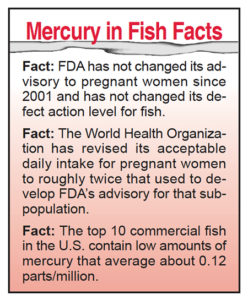
In the United States, the mainstream news media, doctors, and even some dietitians are warning their patients that methylmercury in fish can harm them, their children, and their unborn children. Unfortunately, the messages from these varied sources are inconsistent and often misleading, leaving consumers with inadequate information to make value decisions about the risks and benefits of consuming fish. This especially applies if pregnant women are replacing meals of fish with less-healthy alternatives.
Exposure to methylmercury
The potentially harmful effects of high levels of methylmercury exposures, such as those caused by accidental contamination of the food supply, are well established. However, the latest round of advisories and resultant media coverage is from recent population studies that examine the effects on developing babies of low-level exposure to mercury.
One such study, conducted in the Faeroe Islands, found that children of some mothers who, in addition to consuming fish, ate whale meat that contained elevated levels of mercury showed slight learning deficits. Another major study, conducted in the Seychelles Islands, failed to show any negative developmental effects in children of mothers who frequently consumed fish but ate no whale meat or blubber.
Reference dose
In 2000, a National Academy of Science Committee supported a maximum exposure level for methylmercury established by the United States Environmental Protection Agency (EPA) to protect developing babies. The exposure level, called a reference dose (RfD), is based primarily on the Faeroe Islands study and has a built-in tenfold safety factor.
Consumer advisory
In light of this development, the U.S. Food and Drug Administration (FDA), the regulatory agency responsible for fish safety and inspection in the country, revised its fish consumption advisory to provide more conservative advice to ensure the protection of pregnant women and their developing babies.
U.S. consumers are taking the latest advisory to heart. A recent Harvard Medical School study showed that fish consumption among pregnant women dropped dramatically following warnings about mercury in fish. In a study published in The Journal of Obstetrics & Gynecology, 2,235 pregnant women reported eating 1.4 fewer fish servings/month after the FDA’s mercury advisory was issued in 2001. The percentage of women who said they ate more than 3 fish servings/week fell from 15 to 11.
The Harvard researchers believe the advisory to be effective because pregnant women are more receptive to health advice and some, out of concern or ignorance, have cut out seafood consumption entirely during pregnancy and nursing. The researchers caution that because fish can confer nutritional benefits to mothers and infants, the public health implications of the reported changes in diet remain unclear.
Interestingly, anecdotal evidence suggests that men and women who are not the intended targets of the revised advisory (i.e., those not of child-bearing years) are also concerned, even though it is unnecessary for them to follow such conservative advice. In 2001, the consumption of canned tuna, which has often been singled out as a source of mercury even though average levels are low, fell by 18 percent in 2001 (a total of 77,565 metric tons, or MT). This provided additional evidence that the advisory and related media coverage have widespread impact on fish consumption.
Food safety meets environmental advocacy
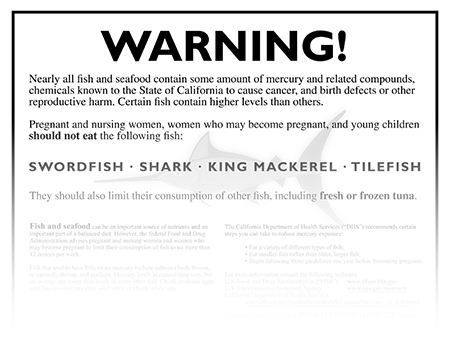
Mercury comes from numerous sources, including natural ones like volcanic action and rock and soil erosion, as well as human sources. The amounts of mercury contributed by these sources are the subject of ongoing study, and some experts suggest very little comes from manmade sources. Nevertheless, the U.S. EPA and certain environmental advocacy groups have supported tougher emissions standards for mercury to lower the contribution of human sources.
Given these interests, fishermen and others in the U.S. commercial seafood industry find themselves in the middle of a debate that intermingles environmental and public health concerns. Certainly protecting people, such as pregnant women and developing babies, is a paramount concern.
But because fish is such an important part of a healthy diet for consum-ers, government agencies must have sound scientific justification when they tell people to limit their consumption of fish or place limits on which fish can be sold. Decisions about protecting consumers, therefore, must be based on a thorough assessment of scientific data and public health impacts, both positive and negative, rather than environmental goals.
Media and consumers confused
In the last two years, there have been hundreds of mass-media articles in the U.S. regarding the risk associated with methyl mercury in fish. Pressure has been brought to bear on regulatory agencies to provide more-restrictive fish consumption advice by a variety of advocacy organizations, many of whom are interested in bringing about tougher environmental standards for mercury emissions.
There have been attempts to legislate the types of seafood available in the marketplace based on their average mercury levels. Individual states have issued new or revised advisories providing advice that is often different from that of the U.S. FDA. The state of California requires warning labels for some fish at point of purchase, and certain environmental groups advocate similar label requirements in all states.
It is no wonder consumers are not sure what seafood to eat, and when. FDA recommendations for pregnant and nursing women and young children are often mistakenly portrayed as advice for all consumers. To add to the confusion, EPA’s RfD is different from the defect action level in fish established by FDA. Therefore, some advocates assume FDA is not restrictive enough in its acceptable level. In fact, FDA used the EPA RfD in developing its advisory for the sensitive subpopulations in order to protect pregnant and nursing mothers and their offspring.
Compounding consumer fears is the implication in many media reports that the very small percentage of U.S. women who exceed the RfD even by the smallest amount are at risk, which is not the case because the RfD has a built-in safety factor.
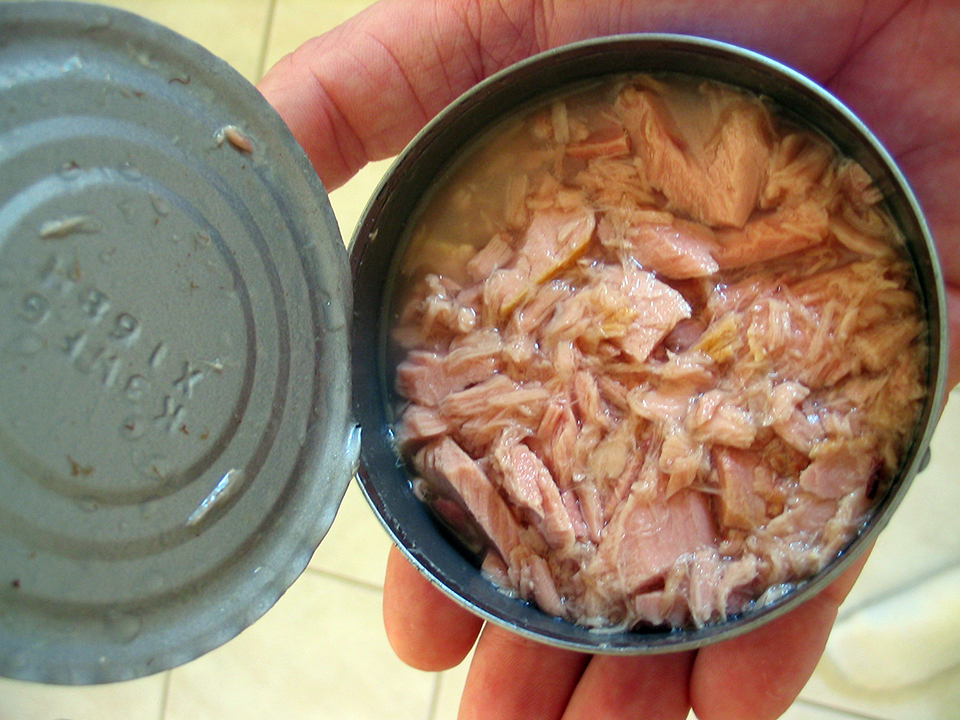
Perception is reality
Aquaculture products enjoy one of the best food safety records around, and mercury content is no exception. The controlled diets in farmed fish put them in the lowest category for mercury levels, according to FDA. But consumers tend to lump all species, wild and farmed, into one category.
It is not their fault. They get conflicting information, and it is not easy to remember which species are high, medium and low in mercury. Further, consumers have no information against which to weigh these levels, so they assume that one meal could cause health problems.
Research conducted by the National Fisheries Institute in 1990 indicated that attitudes toward farmed fish were “generally positive,” and that consumers believed farmed fish might be more wholesome because growers had more control over water quality. However, 2001 NFI research showed that about half of consumers surveyed did not know there was a difference between wild and farmed fish.
If consumers are not making a clear distinction between wild and farmed fish, there is reason to believe they may also think that all fish contain mercury. It is up to the seafood industry, including the aquaculture sector, to publicly remind consumers that our products are safe and healthy.
(Editor’s Note: This article was originally published in the October 2003 print edition of the Global Aquaculture Advocate.)
Now that you've reached the end of the article ...
… please consider supporting GSA’s mission to advance responsible seafood practices through education, advocacy and third-party assurances. The Advocate aims to document the evolution of responsible seafood practices and share the expansive knowledge of our vast network of contributors.
By becoming a Global Seafood Alliance member, you’re ensuring that all of the pre-competitive work we do through member benefits, resources and events can continue. Individual membership costs just $50 a year.
Not a GSA member? Join us.
Authors
-
Robert Collette
National Fisheries Institute
1901 North Fort Myer Drive
Suite 700
Arlington, Virginia 22209 USA -
Linda Candler
National Fisheries Institute
1901 North Fort Myer Drive
Suite 700
Arlington, Virginia 22209 USA
Tagged With
Related Posts
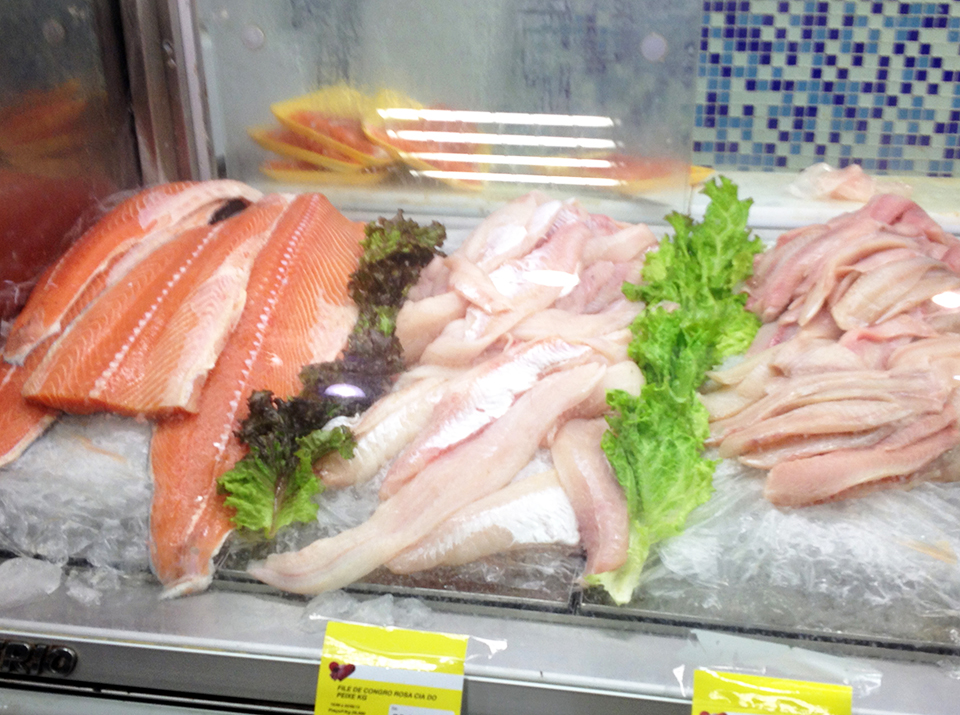
Intelligence
Cooperation across seafood chain can counter mercury reports
Often-referenced but outdated reports have raised concerns over mercury, while in reality, not eating seafood carries greater risk than the minute presence of such chemicals. Cooperation and getting out consistently truthful, positive messages about seafood, the industry will see positive advances.
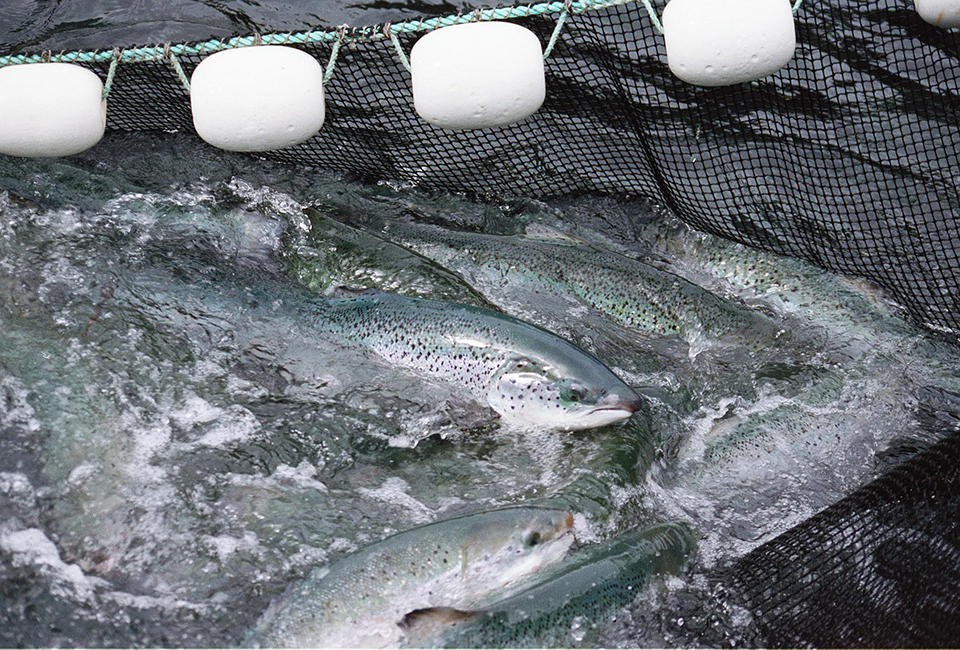
Intelligence
Better to eat – farmed or wild salmon?
There is a widely promoted misconception that eating wild-caught fish is better for the oceans than eating farmed seafood. On a global basis, however, sustainably farmed fish may represent 60 times more efficient use of anchovies and other baitfish resources than wild fish.

Health & Welfare
Effective management avoids gas bubble trauma
When aquaculture pond water suddenly warms, gas bubbles can form in the blood of aquatic animals and lead to stress or mortality.
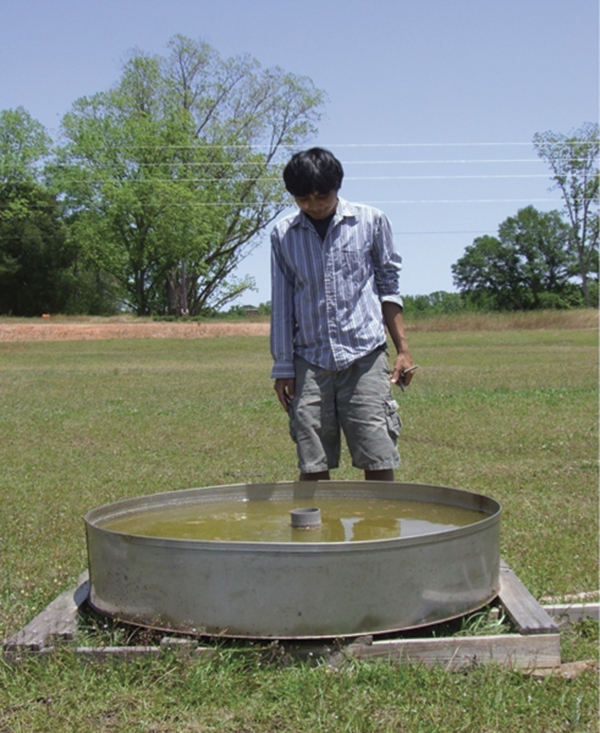
Responsibility
Evaporation affected by sunlight, temperature, wind
Evaporation of water from ponds is influenced by solar radiation, air and water temperature, and wind velocity. Control of aquatic plants can yield some reduction.


